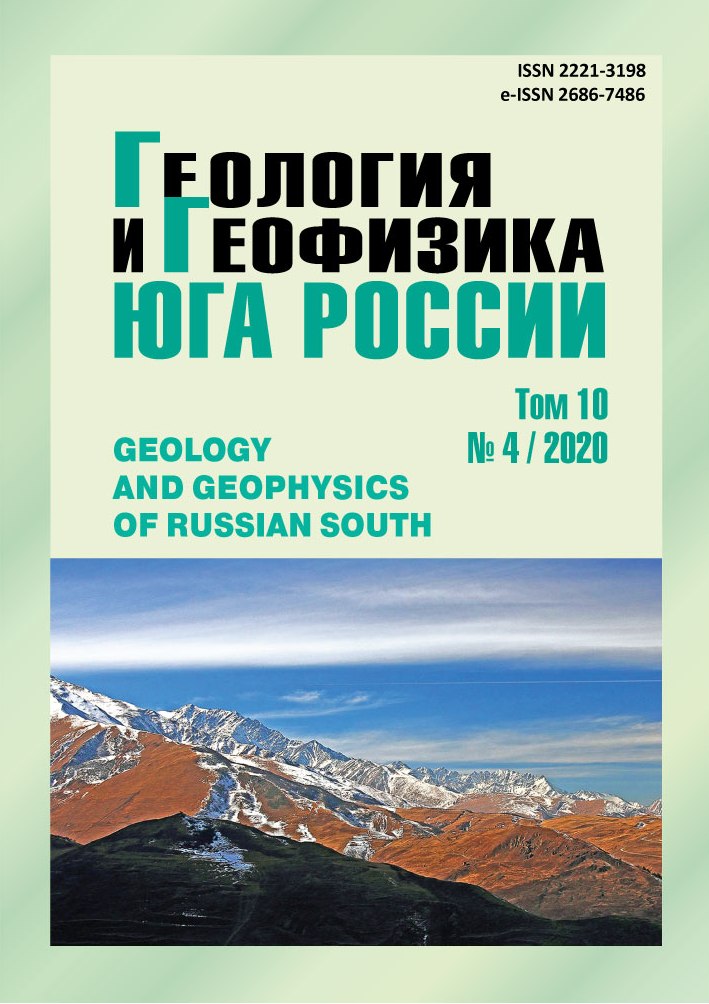Latest structure and geodynamics of Western Caucasus (based on decoding of satellite images)
Abstract
Relevance. Geodynamic analysis is an essential component of regional geological research. The use of remote methods for geological mapping of closed territories significantly increases the information content of the geological map and the effectiveness of forecast and search operations. Aim. The paper considers the relationship of terrain with neotectonic movements. Attention is drawn to the main morphological elements of the territory at different levels of generalization of the digital terrain model. Method of research. The digital terrain model was deciphered and lineaments of various orders (zones of selective erosion) were identified) as a reaction of exogenous processes to the latest tectonic deformations. Geodynamic interpretation of the identified structures is given. Paleogeographic reconstructions of the position of the main riverbeds in the PlioceneHolocene period were carried out. Results. The right-hand shift of the tectonic block mosaic at different levels of generalization is found, which is reflected in modern relief deformations. This is evidenced by the geometric characteristics of the elements to be decoded, the rocker-like arrangement of periodic series of lineaments, the oblique arrangement of lineaments relative to the main fault line, oriented in accordance with the deformation ellipse, and the superposition of structures on each other. The fault shift in the pre-Pliocene basement is reflected in the complex stress field of the overlapping cover. The deformations correspond to Riedel chips, which is confirmed by experiments performed by other researchers. The activation of tectonic movements led to the formation of tectonic wedges that created natural dams in the path of water flows, which led to a significant restructuring of the geomorphology and paleogeography of the territory. The migration of the main riverbeds in the Western direction during the Pleistocene-Holocene period, their embedding in the underlying sediments with the formation of hanging valleys, was revealed.


